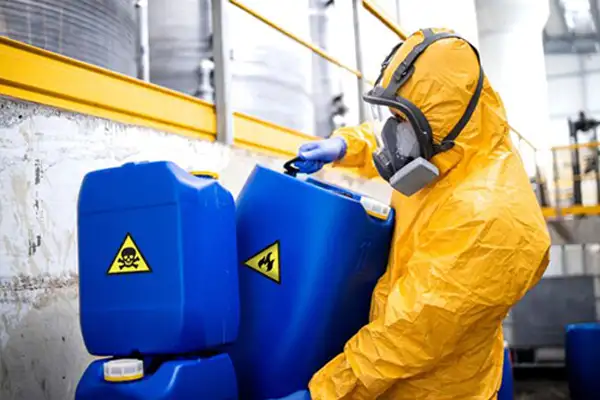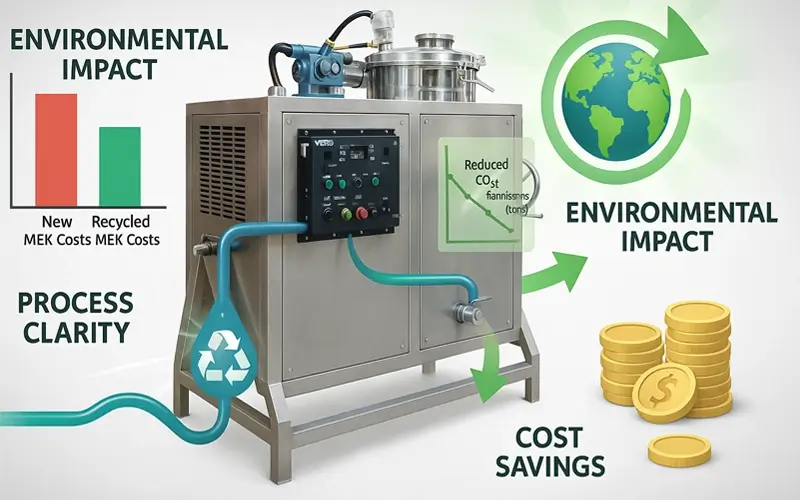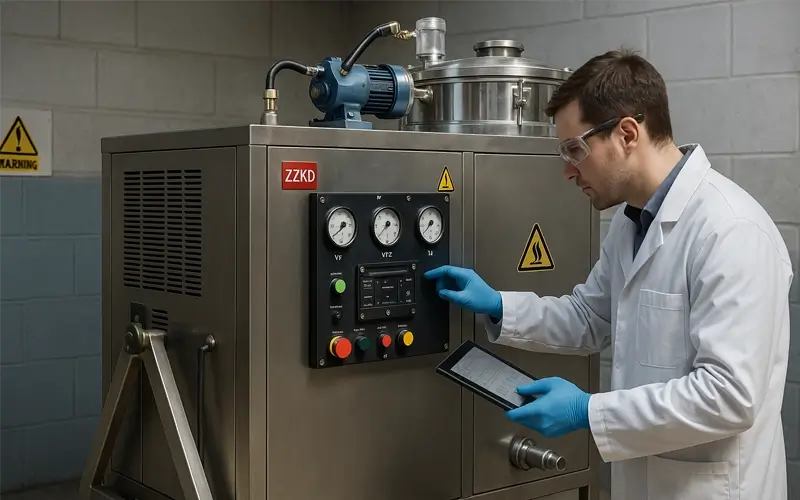Cleaner Presses, Sharper Margins
The Printing Industry's Smart Shift to Solvent Recycling
Posted on July 11, 2025 • 10 min read
Imagine this: A bustling print shop on Monday morning. The presses are roaring, the smell of ink hangs heavy in the air, and solvents are flowing like the lifeblood of the operation. But as the week progresses, gallons upon gallons of used solvents start accumulating in waste drums. The costs mount - disposal fees, compliance headaches, and the constant purchase of new solvents. Sound familiar?
Printing professionals across the world are facing a reckoning. The old ways of solvent disposal are rapidly becoming as obsolete as letterpress in the digital age. Enter solvent recycling - not just a cost-saving measure, but an operational revolution that delivers environmental benefits and competitive advantage. According to the International Printing Association, shops adopting solvent recycling see 27% lower operational costs within the first year.
The Environmental Imperative
Let's address the elephant in the room: Pouring solvents down the drain? That's an environmental disaster that could land your shop with massive EPA fines. And for good reason.
Did you know that one gallon of solvent poured down a drain can contaminate up to 750,000 gallons of water? That's according to research from MIT's Environmental Solutions Initiative. As regulations tighten worldwide, solvent waste management has become non-negotiable.
What solutions exist for common disposal challenges?
For substances like methanol and isopropyl alcohol, professional solvent disposal through recycling is the only safe and compliant solution. Modern solvent recyclers allow you to recover valuable chemicals while eliminating hazardous waste streams completely.
Traditional disposal methods often transfer the environmental burden elsewhere. Landfilling solvent waste contributes to soil contamination, while incineration releases harmful emissions. In contrast, solvent recycling embodies circular economy principles - keeping valuable materials in use through continuous recovery and reuse.

Proper solvent recycling protects water sources for future generations
Saving Money Is The Last Word, And It Is Worth Investing In Buying!
Traditional Approach
New solvent purchase: $15-25/gallon
Disposal fees: $5-15/gallon
Storage costs: $1-2/gallon/month
Regulatory compliance: $4-10K annually
Annual cost for medium shop: $120K+
With Recycling System
90% reduction in new solvent purchase
Disposal fees eliminated
Reduced storage requirements
Minimal compliance costs
Annual savings $80-100K
The Recycling Revolution in Action

Modern solvent recyclers are engineering marvels of simplicity. They operate on distillation principles using the following process:
Used solvent is transferred to heated tank
Contaminants are separated through evaporation
Vapors are condensed back to liquid state
Purified solvent (95-98% pure) is collected
Concentrated sludge is minimal and easily disposed
Solvent Recovery Efficiency
According to the Environmental Technology Council, modern solvent recycling systems achieve recovery rates between 85-98%, with purity levels meeting or exceeding virgin solvent standards. This means your recycled IPA is functionally identical to what comes in new containers.
Many printers express concern about whether recycled solvents perform as well as new ones. Caliper Printing of Ohio reported: "After switching to recycled solvents, we actually achieved better dot gain control and more stable viscosity compared to our previous rotating supplier approach."
How long does it take to see ROI on a solvent recycler?
This is the million-dollar question. The answer? Most professional shops see payback in 6-12 months. Consider the math: A medium-sized recycler costs $15,000-40,000. With solvent savings of $3,000-10,000/month depending on usage, the numbers quickly add up. The real win? Ongoing savings become pure profit.
Choosing Your Recycling Solution
The market offers varied equipment options. Your choice depends on solvent type, volume, and process requirements. Here are the main categories:
Manual Batch Units
Perfect for shops with variable solvent streams and 5-15 gallons/day of waste
Cost: $10,000-25,000
Explore OptionsSemi-Automated Systems
Ideal for 25-50 gallons/day with minimal operator involvement
Cost: $20,000-40,000
Fully Automated Lines
For large operations processing 100+ gallons/day on demand
Cost: $55,000-150,000
Custom Solutions
Tailored to handle mixed solvents or specialized requirements
Cost: Varies by complexity
See Custom DesignsGetting Started with Your Recycling Journey
Implementing solvent recycling doesn't need to be overwhelming. Follow these steps:
Assess your waste streams - Track exactly what solvents you use and how much waste you generate
Measure potential savings - Calculate your current solvent purchase and disposal costs
Vendor research - Identify solvent recycling equipment tailored to your volume and chemistry
Implementation planning - Schedule installation during slower periods and train staff
Celebrate savings - Redirect your newly found budget dollars to growth initiatives
Are solvent recyclers difficult to operate?
Modern units are designed for simplicity. "It's literally push-button operation," reports Jenny Martinez of Tri-City Graphics. "Our press operator handles recycler duties along with his normal responsibilities - maybe 20-30 minutes per day." Automatic shutoffs, safety sensors, and intuitive controls make these machines as simple to operate as your microwave oven.
The Future is Circular

The printing industry stands at a pivotal moment. Wasteful practices from the 20th century won't cut it in the environmentally-conscious 2020s and beyond. As MIT researchers predict, "industries that fail to adopt circular economy principles will face 30% higher operational costs by 2030."
Forward-thinking shops aren't just complying with regulations - they're turning waste management into a competitive advantage.
Beyond Solvents: The Whole Sustainability Picture
While solvent recycling delivers massive benefits, it's part of a larger sustainable printing strategy:
